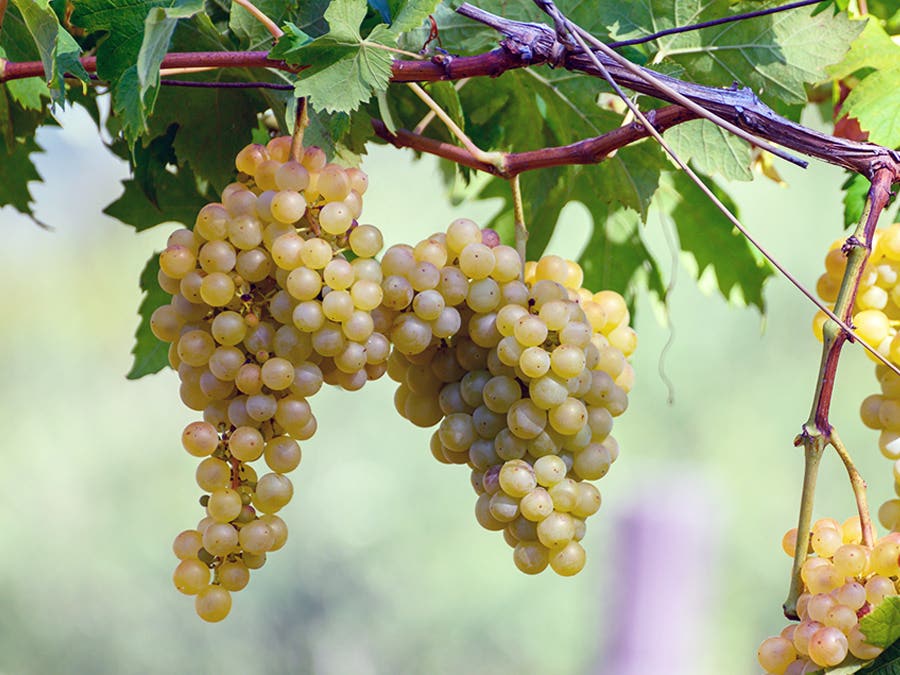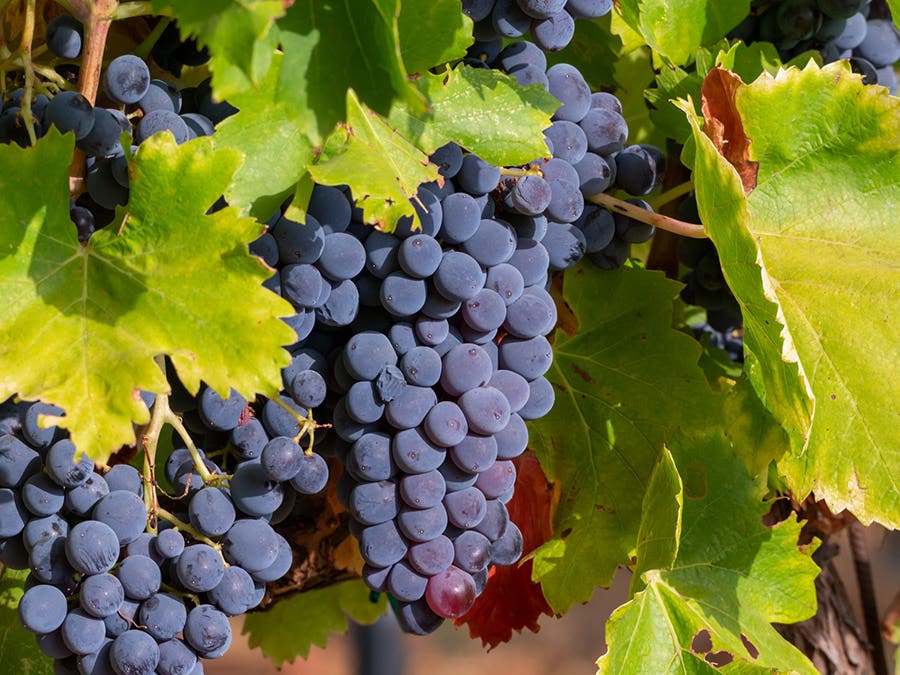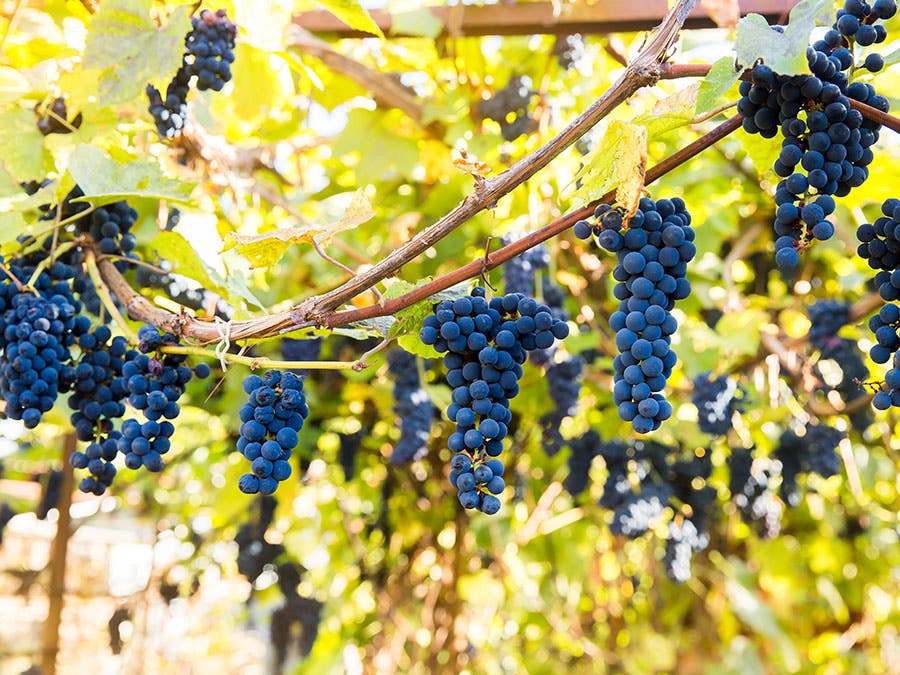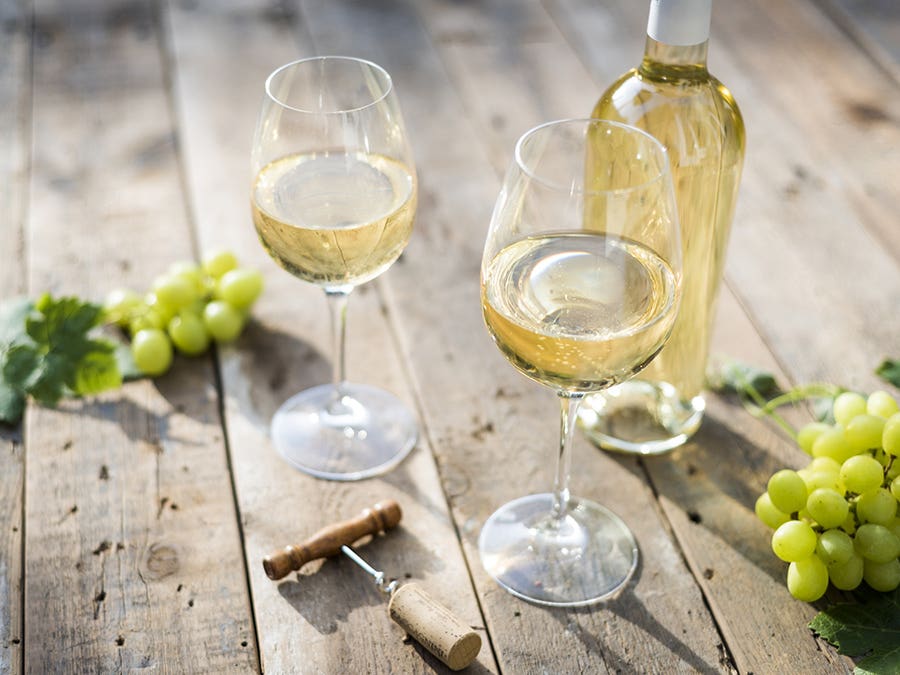Wine cultivation
-
Read more
Chenin Blanc is native to the Loire Valley. Even today, it is ubiquitous in its region of origin, where it produces dry, mellow, syrupy and sparkling whites. Appreciated for its freshness, it has conquered many producing countries, from Canada to South Africa.
-
Read more
Syrah is a French grape variety originating from the northern part of the Rhône valley. Due to its aromatic richness and intensity, its production has spread to the southern coasts of the Rhône as well as to Languedoc, Spain, Australia, the United States, Argentina and Chile, where the cool nights and hot and humid days contribute to its development
-
Read more
Known for producing some of the most coveted white wines in the world, Chardonnay is a grape native to the village of the same name in the Mâconnais sub-region in Burgundy. Internationally renowned, it is the source of the great white wines of Burgundy, but has conquered many wine-producing countries including the United States (California), Australia, Chile and Canada.
-
Read more
Sangiovese owes its fame to the great wines of Tuscany, famous since the Middle Ages. It is widespread throughout the Italian peninsula, and its cherry and spice scents come in several styles depending on where it is grown. It is now found in temperate regions of California where it manages to express all the finesse of its aromas.
-
Read more
Sauvignon is a grape native to the Gironde and the Loire, in France (two regions which claim its origin). It produces very distinctive wines with great freshness where fruity and herbaceous notes intermingle. Besides France, it has adapted wonderfully well to New Zealand, Chile and the United States (California).
-
Read more
Grown in Champagne, Savoy, the Loire Valley and Alsace, Pinot Noir owes its fame to the great wines of Burgundy. The cool regions of California, New Zealand, Chile and Argentina also allow it to thrive. It is the source of delicate wines with complex aromas of red fruits and spices.
-
Read more
Highly appreciated for its great freshness, its thirst-quenching power and aromas of red berries, Gamay is the emblematic Beaujolais grape. It thrives in cool, mountainous climates, especially in France, Switzerland and Canada.
-
Read more
Known worldwide thanks to the great wines of Bordeaux, Cabernet Sauvignon grows in most regions where the heat and sunshine allow it. Its intense aromas of black fruits and its powerful structure make it particularly attractive and explain its growing popularity.
-
Read more
Riesling is a white grape whose origin has always been claimed by both the Rhine Valley and the Moselle. Very permeable to its soil, it remains one of the varieties that best transmits the richness of its terroir. Although Germany and Alsace are the standard bearers of the grape variety, there are some very fine vintages in Austria and in some New World countries.
-
Read more
Wine can indeed contain animal products—even if it’s only made of fermented grapes. Read on to learn how to tell if your wine reflects your dietary predilections.
-
Read more
Essayer de nouveaux cépages, c’est sortir de sa zone de confort – et découvrir des saveurs nouvelles et excitantes. Le teroldego, par exemple…
-
Read more
Jura is place unto itself. An oddball of French wine regions. There’s plenty of Chardonnay and Pinot for those looking something more familiar, but above all, it’s the realm of Poulsard, Trousseau and, especially, Savagnin.
 Access to SAQ Inspire personalized services and store inventories are unavailable at the moment.
Access to SAQ Inspire personalized services and store inventories are unavailable at the moment. Free in-store delivery with purchases of $75+ in an estimated 3 to 5 business days.
Free in-store delivery with purchases of $75+ in an estimated 3 to 5 business days. 











